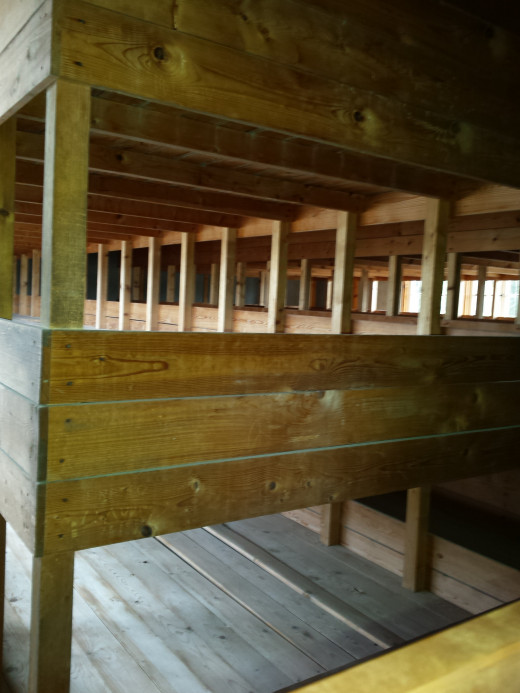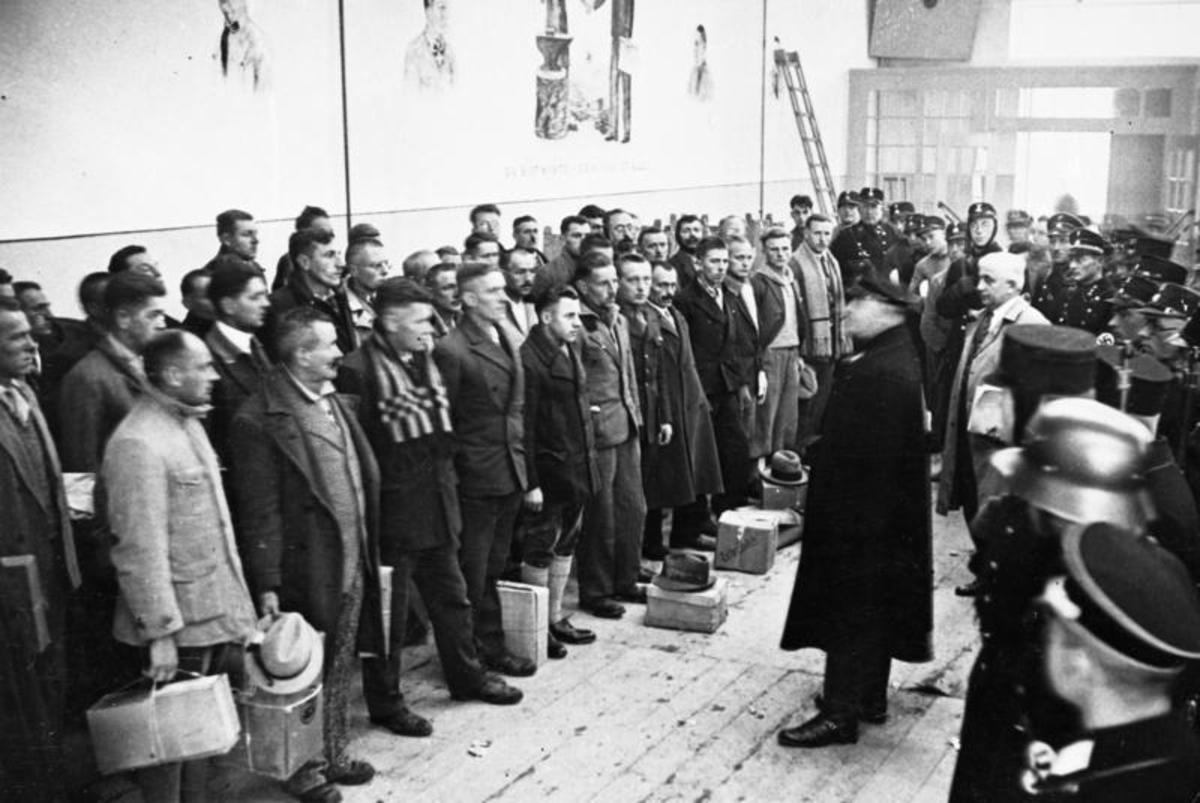Dachau & The Nazi Regime
Divide and Conquer
The year 1916, the slanderous claims were being circulated by anti-Semites and clearly directed at Jews; by underground letters, flyers, etc. and this only helped the sentiment spread rapidly. By 1919, Hitler was blaming the loss of World War I on the Jews control of banks, stock, and businesses which became known as the "Stab in the back" campaign. It helped Hitler achieve his goals and work to take control.
The killing of Jews and others who would not comply were done by mass shootings, but it was found to be expensive.
Hitler and his men quickly established many concentration camps and sub camps, but his model for them all would be Dachau. It opened March 22, 1933, under state control and was quickly taken over by Adolph Hitler's regime. They had originally planned on housing 5,000 prisoners but quickly expanded; as their need to exploit not only the Jews, but gays, political prisoners, Gypsies and anyone they felt was not pure of race. The prison population quickly grew.
When the prison was run by the Bavarian State Police, it was pretty much a prison, once the SS took over, torture began immediately. Almost instantly, prisoners were killed, using the pretext that they were trying to escape. In just one month, 13 prisoners were killed. By May of 1933, the camp commandant was given judicial authority and nothing or no one would stop them in achieving their goals.
The camp refused to take help from the state so that they would not have to disclose what was going on inside, however, they would continue taking the financial portion from the state to keep the camp running.
They began using gas chambers to exterminate their prisoners. In 1941, they also began using gassing vans. They would fill the cargo area of an enclosed truck and kill them with carbon monoxide. However, they could do it in mass in the camps as Dachau had proven and quickly camps began being erected all over Germany.
The Germans turned their heads the other way because they were now working and making money. They could afford the things they wanted and in return they showed Hitler their unending support.



Sub Camps- Holding Areas for Prisoners
Unterfalhlheim
| Heidenheim
| Burgau
|
Ulm
| Lauingen
| Horgau
|
Augsburg-Pfersee
| Augsburg- Haunstetten
| Eischelbach
|
Germering
| Utting
| Feldafing
|
Seestal
| Landshut
| Markt-Schwaben
|
Mittergars
| Steinhoring
| Trotsberg
|
Gendorf
| Traunstein
| Halfing
|
Thansau
| Ampfing
| Muhldorf/Mettenheim
|
Thalham
| St. Johann
| Itter
|
Dachau from the Outside Looking In
Today we can only see the buildings and imagine the pain, the hunger and the agony that these prisoners endured.
The prisoners lined up daily for roll call, the dead and dying had to be carried to roll call because if there were suspicion of escape, they could remain standing and enduring the weather in the threadbare clothing that they had until the missing were found.
Although escape was usually not the problem as the camp had electrified wire fencing and seven towers. The prisoners were taught to stay in a certain area of the camp. Grass strips showing them the demarcation of where they couldn't go. If a prisoner even stepped on the strip of grass he was shot.
When prisoners were taken to the "Bunker" it was known that they were being punished and tortured because death by execution were carried out in the courtyard as an example of what it held for each prisoner that disobeyed their rule.
In 1940, the "non-existent" crematorium was build in Dachau. The number of dead continued to rise. Then by 1943, they added a second crematorium with gas chamber for mass extermination of prisoners and four furnaces to dispose of the bodies.
In 1944, a bordello was built at Dachau using the women prisoners from the Ravensbruck sub camp for prostitution.
From the outside looking in, the Nazi's left the impression that these workers were being well taken care of, especially when dignitaries visited. The Nazi's were all about putting on a good show.
The Liberation
Coming to an end
As the end of Dachau grew near in 1945, the system had risen to 750,000 prisoners. Himmler; as if these people had not been exploited and endured enough, attempted to use the prisoners lives as bargaining chips with allied forces.
As loss seemed eminent, the prisoners were being exterminated as quickly as possible. A plan of the SS was to take northern prisoners to sea and drown them "accidentally", of course. Their goal in the end was to kill as many if not all of the prisoners. By this point, the racism was the least of their worries, it was self preservation. They did not want to leave behind any "witnesses".
The war ended, millions of Jews perished at the hand of Adolph Hitler and his men and to this day, members of the Jewish community and survivors of the death camps continue to work to bring those who tortured them to be captured and tried.








